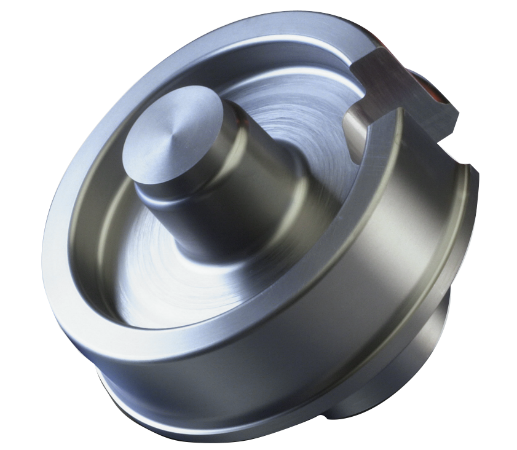Materials for the Construction of Injection Moulds
The materials used for the manufacture of thermoplastic injection moulds must meet the following properties:
- Easy machinability in the delivered state
- High temperature resistance
- Suitable for polishing
- Suitable for polishing
- Suitable for polishing
- High resistance to wear and corrosion
- High wear and corrosion resistance
- Maximum resistance to abrasion and wear
- High abrasion and wear resistance
- High dimensional stability
- High dimensional stability
- Listed element
- High corrosion resistance
- Great resistance to corrosion
- Good thermal conductivity
- Good thermal conductivity
- Good thermal conductivity
- Good resistance to mechanical and thermal fatigue
- Good mechanical and thermal fatigue resistance
.
.
.

The most commonly used steels in mould construction are as follows:
- Cementing steels: These are low carbon steels (less than 0.1%). During the subsequent carburising process the carbon diffuses into the surface giving greater resistance to wear.
- Carburising steels
- Boning steels: The steel is subjected to a heat treatment consisting of tempering the piece and then heating it, thus achieving high mechanical strength and toughness.
- Integral hardening steels: These are used to achieve a homogeneous structure, and have carbon contents between 0.3 and 0.4%. They give good results with abrasive materials such as glass fibre.
- Corrosion-resistant steels: They allow greater resistance to corrosion without the need for galvanised steels, which, although they provide greater resistance to corrosion, can cause cracking due to the high pressure on the sealing edges.
: These are low carbon steels (less than 0.1%).
Commercial steels used in the manufacture of moulds:
.
- AISI P20 : Pre-hardened Ni-Cr-Mo steel supplied at ~310 Brinell, with excellent polishing and photo-etching properties. Suitable for a wide range of injection moulds.
- Mould carrier: 1730 low alloy carbon steel with good machinability and weldability. It is suitable for the production of moulds, mould holders
- .
- Plates: 1730 or P20 steels
- Inserts: P20, steel 2738, 2344 and 2083 are the most common
.
.
The surface treatment processes on steel moulds are the following:
The aim of these treatments is to increase the surface hardness, wear resistance and surface pressure limit, and to improve its displacement and corrosion behaviour. In order to decide on the type of treatment, the function of the part to be injected and the material of the part are analysed.
- Nitriding: High surface hardnesses are achieved, which provide great resistance to wear and fatigue. It should not be used on corrosion-resistant steels as it reduces this property.

- Cementation: Normally used on low carbon steels (less than 0.1%C), experiencing an increase in surface hardness.

- Hard chrome plating: The coating is made by electrolytic contribution on the surface, in this way, harder and more resistant to wear and corrosion surfaces are obtained. It is usually used in repairs to provide material, and against corrosive media.
- Hard nickel plating: The hardness provided by nickel plating is much higher than that of the base material, which is sometimes a disadvantage as it can become detached when the stresses are great because each material deforms in a different way.
- Hard metal coating: High wear resistance and good corrosion resistance are obtained.
.

Special materials.
The special materials used are as follows:
- Hard metal alloys: The carbide content is high and is used in high wear areas such as the entry area of a mould.

- Materials with high heat conductivity. Optimal temperature regulation in a mould is essential for the determination of the cooling and cycle time.
- These types of materials are introduced in the form of inserts or inserts, only in problematic areas of the mould in terms of cooling, thus obtaining homogeneous cooling in the part. Non-ferrous materials such as copper, copper-beryllium, copper-cobalt-beryllium, copper-chromium-zirconium, etc. are used, as they have a conductivity much higher than that of steels, but without reaching the same hardness and resistance.
11 May, 2021
Siguiente artículo:
Moldblade y Tragsa. Proyecto conjunto para modernizar el control de riego en la zona del Zújar.